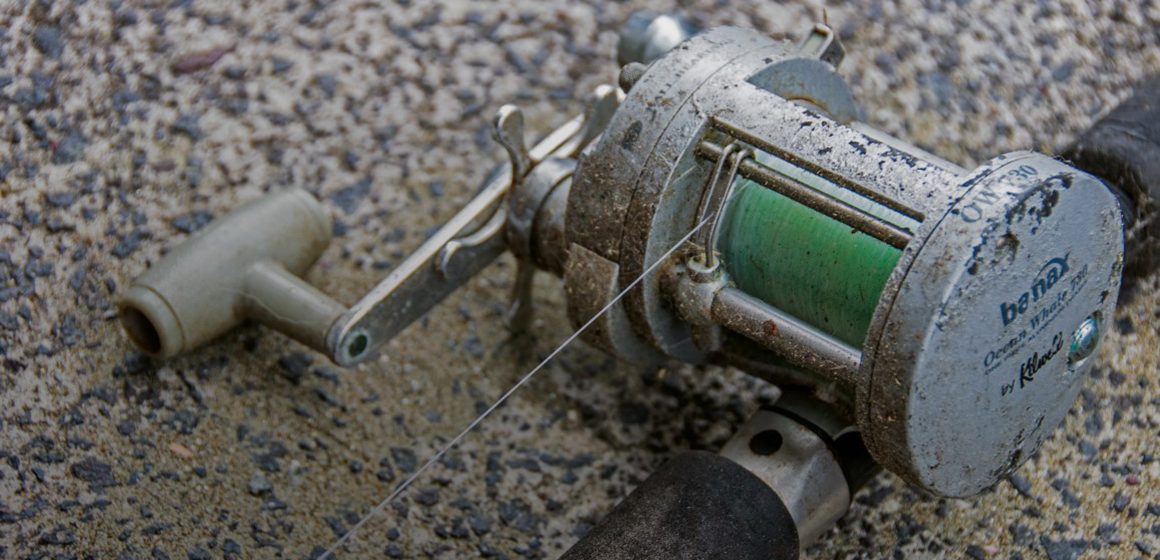

Fishing tackle is expensive, even the cheap stuff, so it’s worth looking after, writes John Eichelsheim.
You can argue tackle’s not as dear as it used to be, which is true, but if you enjoy recreational fishing, chances are you’ve collected quite a bit of it over the years. I’ve got a garage-full – quite an investment.
If you are anything like me, it’s likely only some of your fishing gear gets regular use, with the rest languishing somewhere in the dark recesses of the garage, shed, boat or bach. Unfortunately fishing gear left unused for long periods, reels especially, fares poorly. At this time of year, when many anglers come out of winter hibernation, chances are their fishing gear may need a bit of TLC before hitting the water.

Any reel used in saltwater suffers corrosion; rust, as they say, never sleeps. Salt deposits encourage corrosion like nothing else, so gear put away dirty last autumn may be in no condition to go fishing this spring. Gear that’s used on a regular basis fares much better, though that’s not to say maintenance isn’t required.
If you want your reels to last, you should service them regularly, which may include a full tear-down at least once a season/year. Fishing reels are becoming more complex to service, so many people take them to a local tackle store (which often sends them to the local distributor/service centre or a specialist technician).
Between fishing sessions, you should always wash your gear carefully with fresh water and a little detergent or diluted Saltaway. Lubricate spots like bail arm rollers, reel handles, levelwind mechanisms and spool spindles/shafts with some light machine oil every so often to keep everything turning smoothly and discourage corrosion. Never put away gear ‘dirty’.
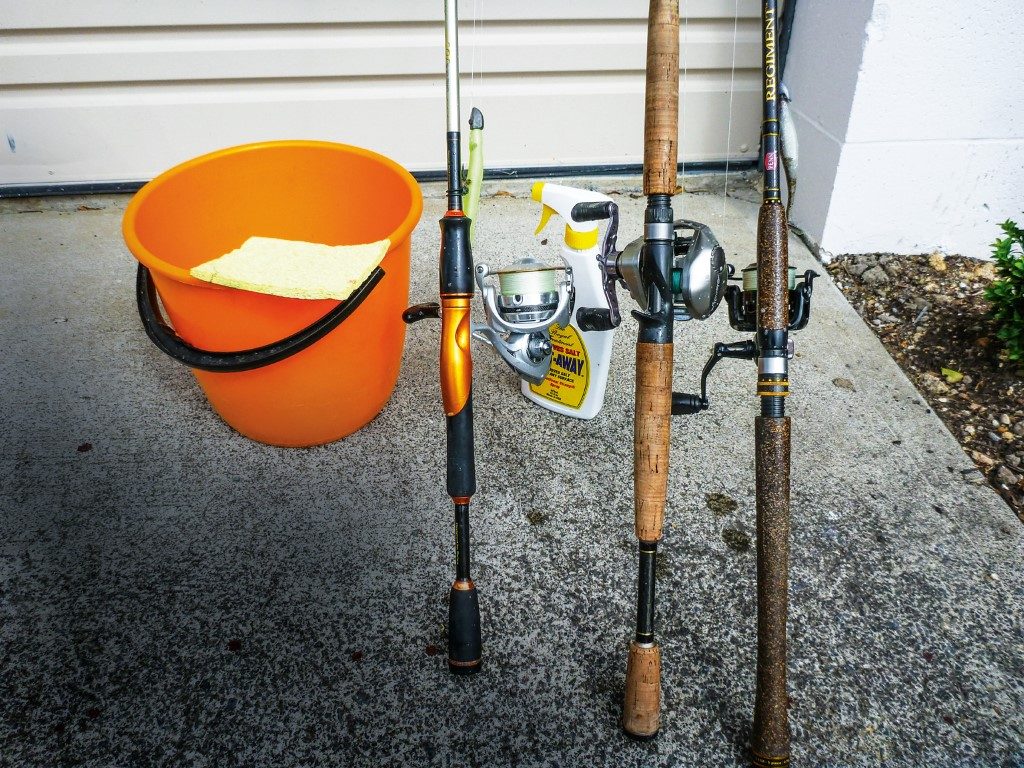
There’s a bit of discussion around the best way to clean your rods and reels after a day’s fishing. Many people spray them with fresh water – some even run them under the tap or dip them in a bucket of water, though that isn’t something I would recommend – there’s a chance water (and salt) could find its way inside the reel.
Some people don’t like using the hose for the same reason, but a gentle spray with the garden hose, using the nozzle’s spray or mist setting and not too much water pressure, is how I usually rinse off the salt after a day’s fishing. There’s little chance of water, salt or dirt getting inside the reel.
Alternatively, I use a soft cloth, a bucket of warm water and some detergent or Salt-away to wipe everything down. I have also been known to share the post-match shower with my favourite rods and reels… I then dry my tackle in the sun or wipe it dry with an old hand towel, backing off the drags before putting reels away.

I seem to own quite a lot of fishing tackle, including more than a few reels that should be retired. Oddly, some of the older reels are still fine. These are mostly large overhead and game fishing reels, solidly built, 20-plus-year-old examples that were expensive in their day. I hardly use them anymore, but I can’t quite part with them. In contrast, all the budget reels I once owned have long since failed in action or been consigned to the scrap heap.
While most of my overhead reels (not the baitcasters – they seem to have short lives in my hands) are still in good working order, my spinning reels are not all in such good shape. Of the older models that still work, most show corrosion, some are stiff and/or noisy and some are clearly faulty. They really should be binned, though I kid myself they might be useful for parts… The reels that have suffered the most are the small 25003000 size spinning reels I use for soft bait fishing. Catching powerful fish like snapper, kahawai and even kingfish asks a lot from such small reels. While they cope remarkably well, they were never designed for such heavy-duty applications.
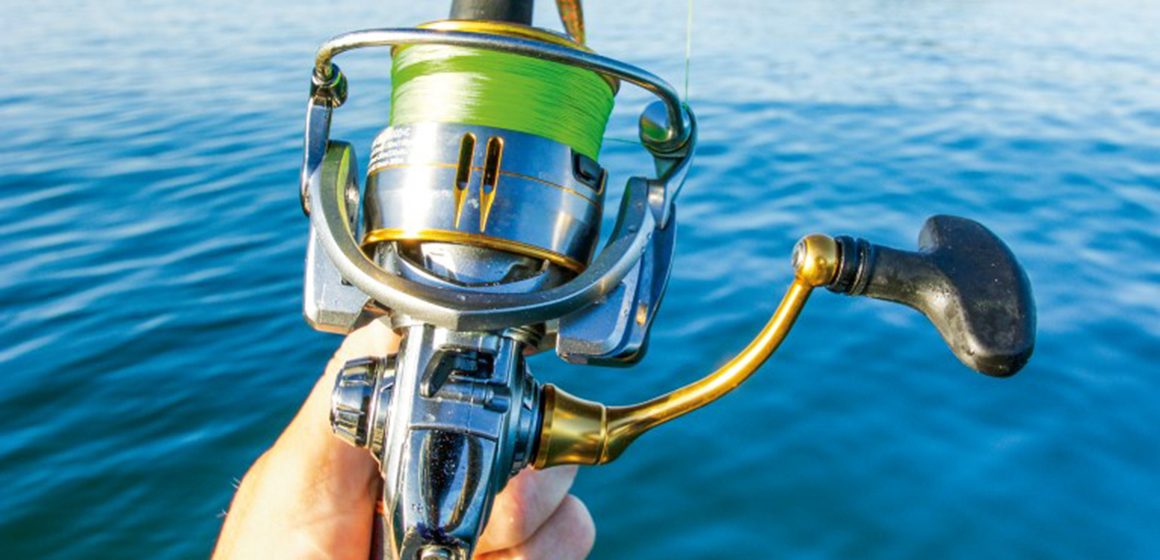
Cheaper reels, invariably made from lesser quality materials, certainly don’t last long in this sort of service, while even highquality spinning reels in this size range have limited lifespans. However, with some TLC, you can expect several years of service from a good quality 2500/3000-size spinning before it needs a major overhaul or replacement.
The biggest reel killer is saltwater ingress. Saltwater plays havoc with a reel’s internal metal parts, ball bearings particularly, and accentuates galvanic corrosion between dissimilar metals. The result is a stiff, noisy reel or one where the anti-reverse fails, the handle binds and the drag seizes up. These problems always seem to come to a head just when you’ve hooked a good fish.
Older reels used simple metal bushes. These were less susceptible to saltwater damage, but the reels were never as smooth and free-running as today’s reels with ball and roller bearings. They could also sometimes bind up under pressure.
Using ball bearings means a smoother reel less affected by torque forces. However, not all ball bearings are created equal and a simple count of ball bearings is no measure of reel quality – all the ball bearings could be located in the handle, for instance, or be of inferior quality. It’s bearing quality and type that counts.
At the very least ball bearings should be all stainless steel (not fitted with cheaper chromed steel balls, which corrode more readily). Some bearings feature ceramic balls in stainless steel cages, which don’t corrode and also don’t require lubrication. They are great for saltwater use, but expensive.

Any bearings exposed to water should be of the shielded type while the best bearings are completely sealed so that no water or dirt can get in. Different manufacturers use different acronyms to describe shielded bearings – ARB, CRBB etc. Most reels combine shielded ball bearings in critical areas with unshielded ones where they are better protected. A reel with lots of cheap bearings will feel smooth out of the box, but after a couple of outings and a few fish it will probably feel more like a coffee grinder.
Modern reels, especially those intended for saltwater use, are designed to exclude water from their innards. The type and extent of water resistance engineered into a reel depends on its manufacturer and price. Various strategies are employed, the most common being to fit rubber gaskets and seals around the main shaft, reel handle and anti-reverse switch, where fitted. Rubber seals are also used to protect the drag stack.

Some higher-end Daiwa reels employ special magnetised oil to seal and lubricate the reel, which Daiwa calls ‘mag-sealing’. The system works very well but requires regular servicing.
Most of the more expensive spinning reels, even in the smaller sizes, have reasonable saltwater protection these days. They last much longer than they used to. A few of the most expensive and highly engineered models are actually submersible.
Completely sealing a reel is a tricky and expensive engineering problem with some downsides for the consumer. With their many rubber seals, submersible reels tend to be less free-running and are often heavy too.
Completely submersible reels are useful for kayak and surf fishers, but a reel that keeps water out of the drag and resists spray is fine for most applications. Good ‘saltwater spec’ spinning reels have at least this level of protection.
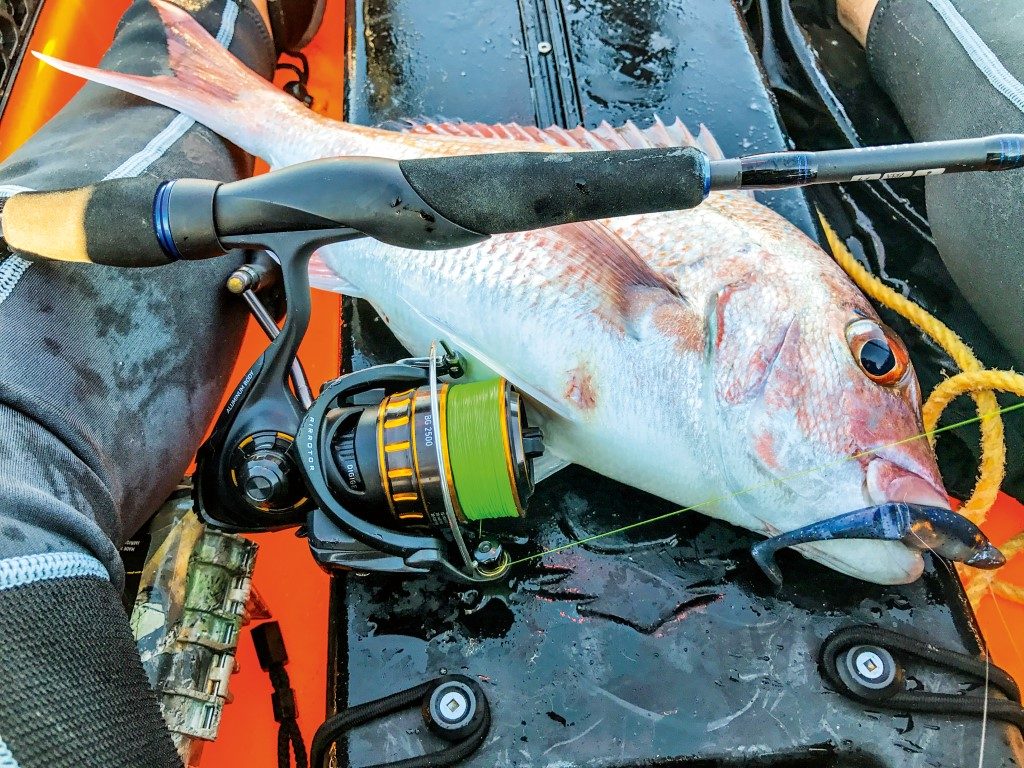
Even the best reels have a limited service life, and while using a reel regularly keeps its moving parts moving, a heavily used reel, especially a small spinning reel, eventually wears out. Tolerances degrade with use, seals deteriorate and water eventually gets in, setting off corrosion. Rumbly ball bearings (a sure sign of water ingress) and frozen reel handles can be replaced, but internal corrosion will eventually end a reel’s life.
If the deterioration hasn’t gone too far, a total overhaul, including replacing any damaged components, can be worthwhile. But there comes a point where the cost of repair is more than an old reel is worth. That’s what happened to me recently when I sent a pair of reels to the agent for servicing.
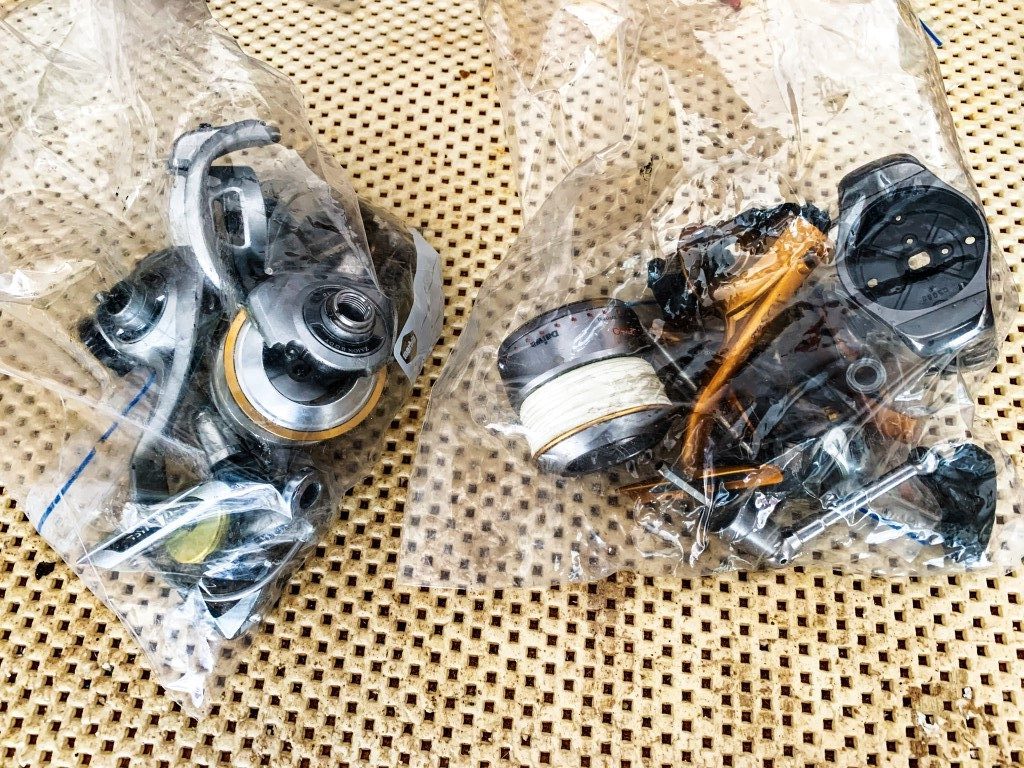
I was told that to completely overhaul the pair would cost me as much as buying a brand-new reel with more features and more protection. So that’s what I did. The agent gave me back my old reels, each in a hundred pieces in its own plastic bag. Spare parts anyone?




